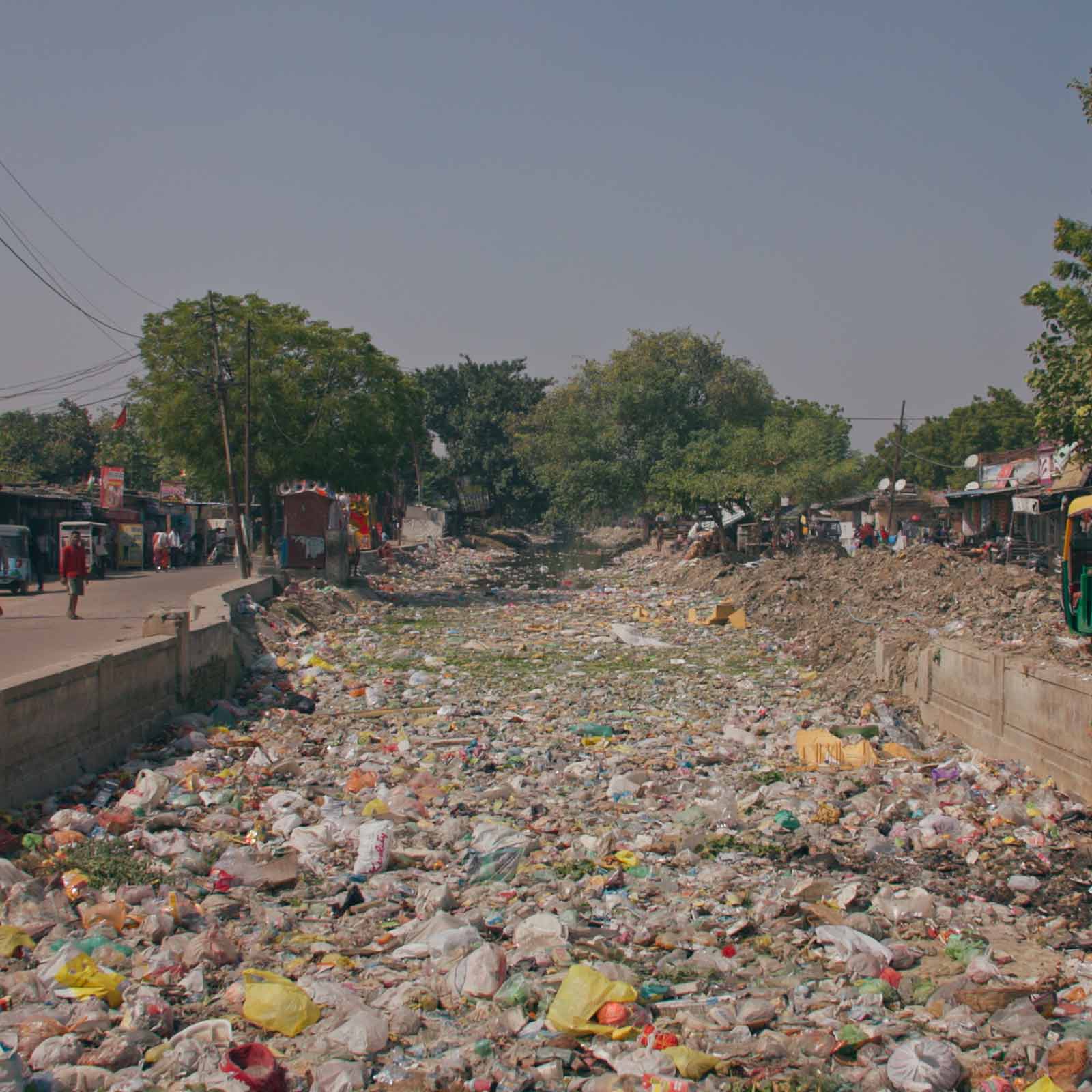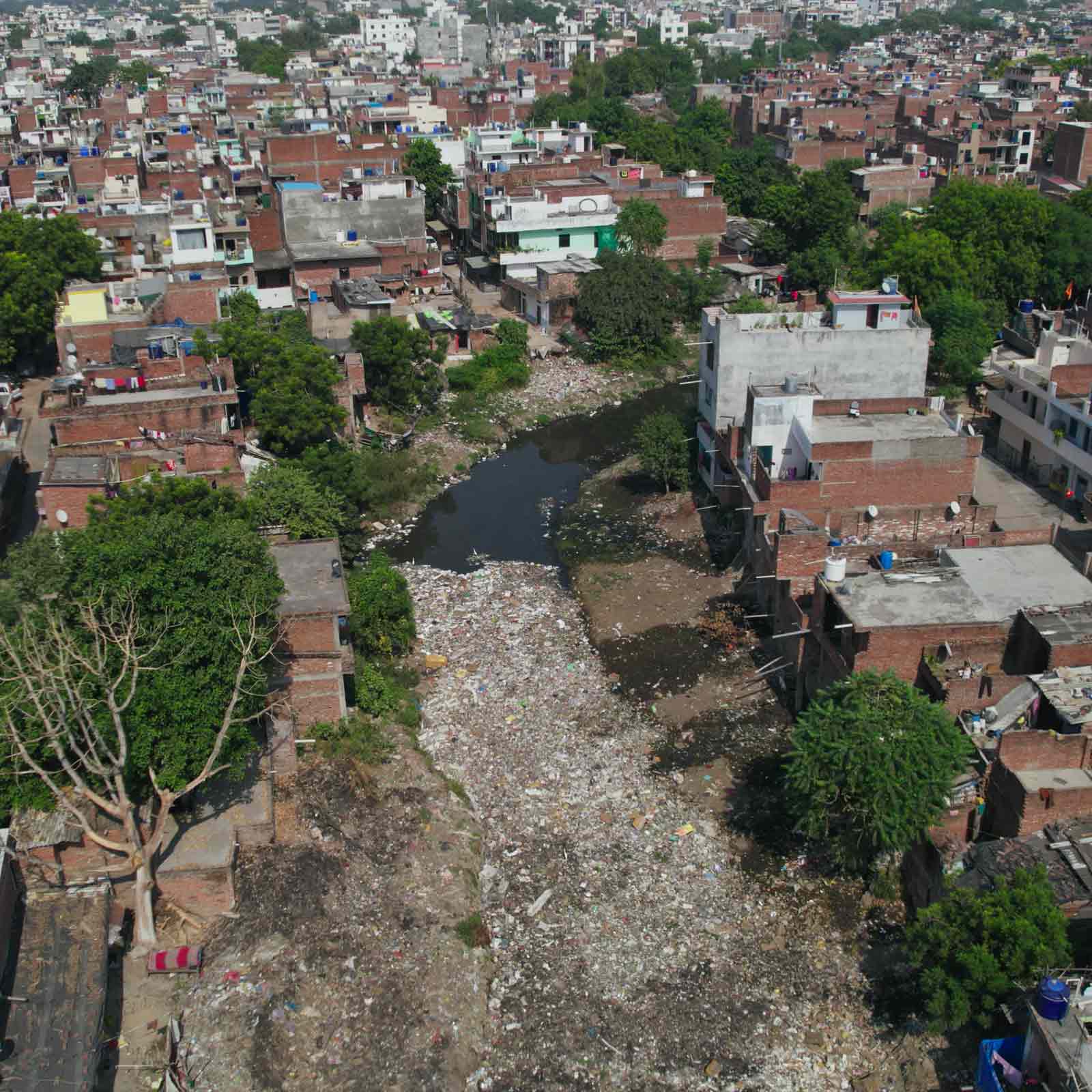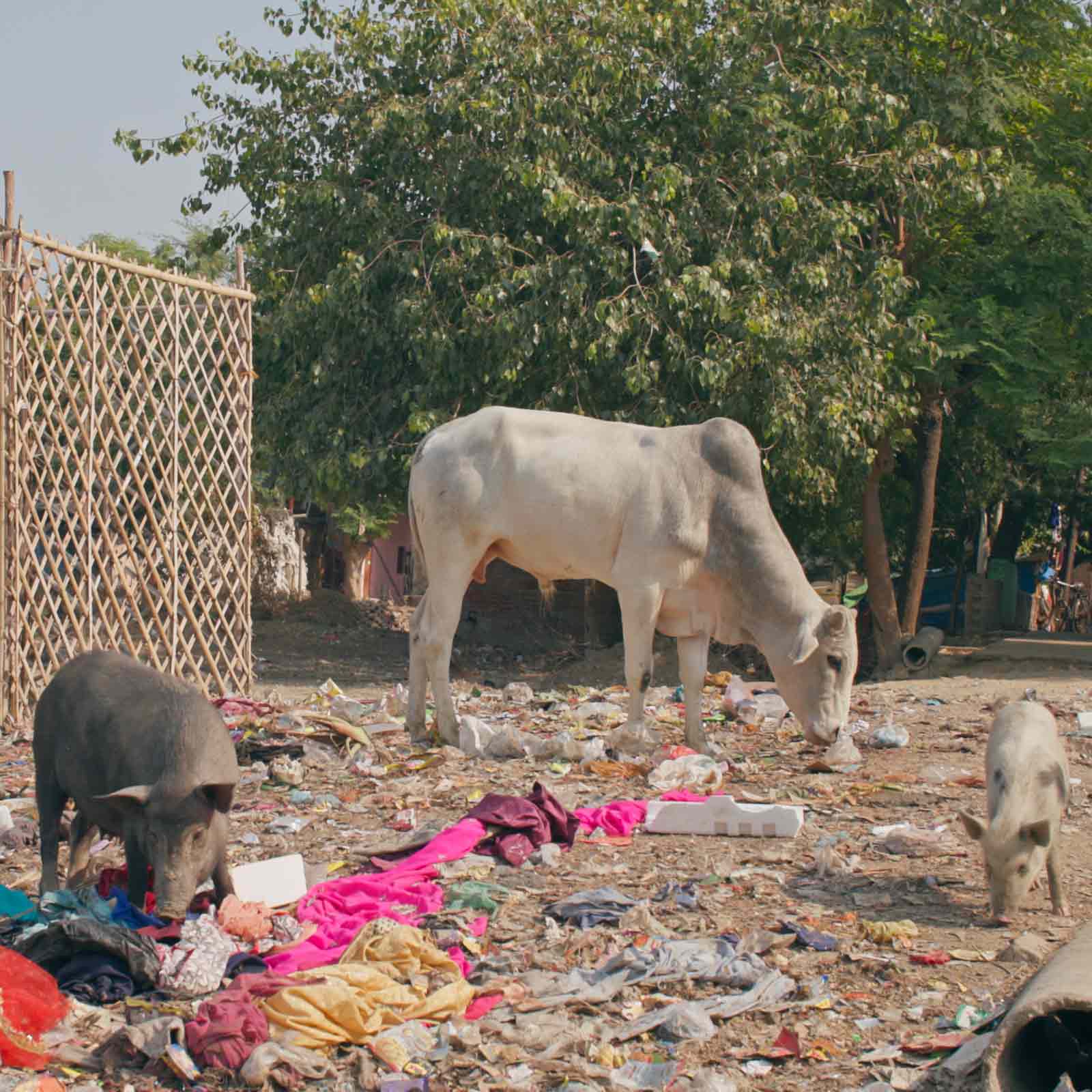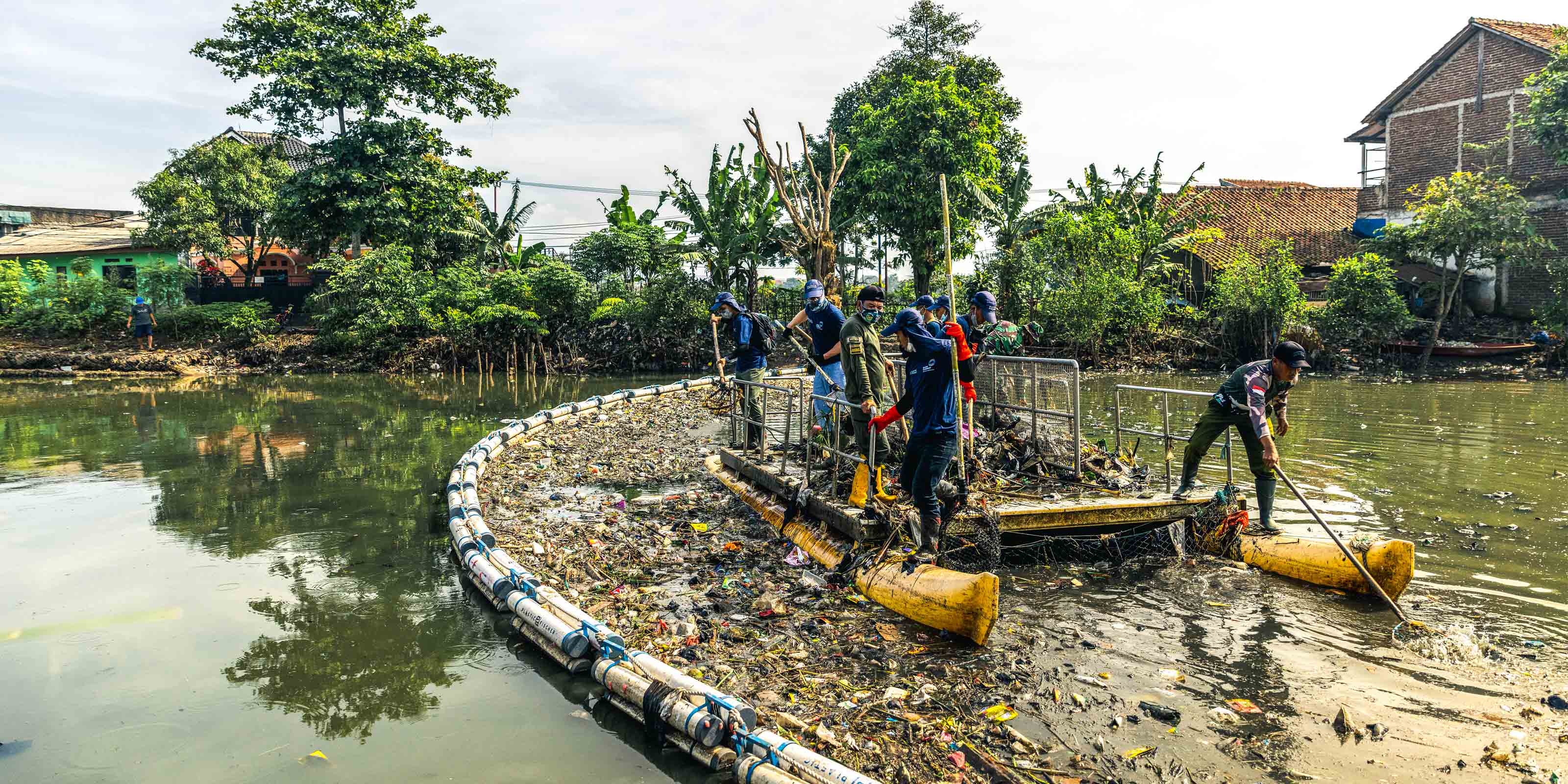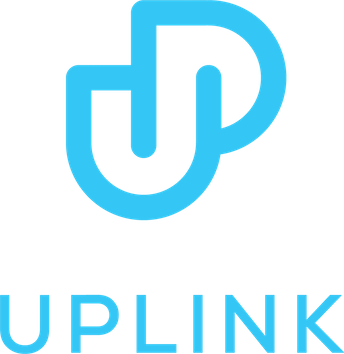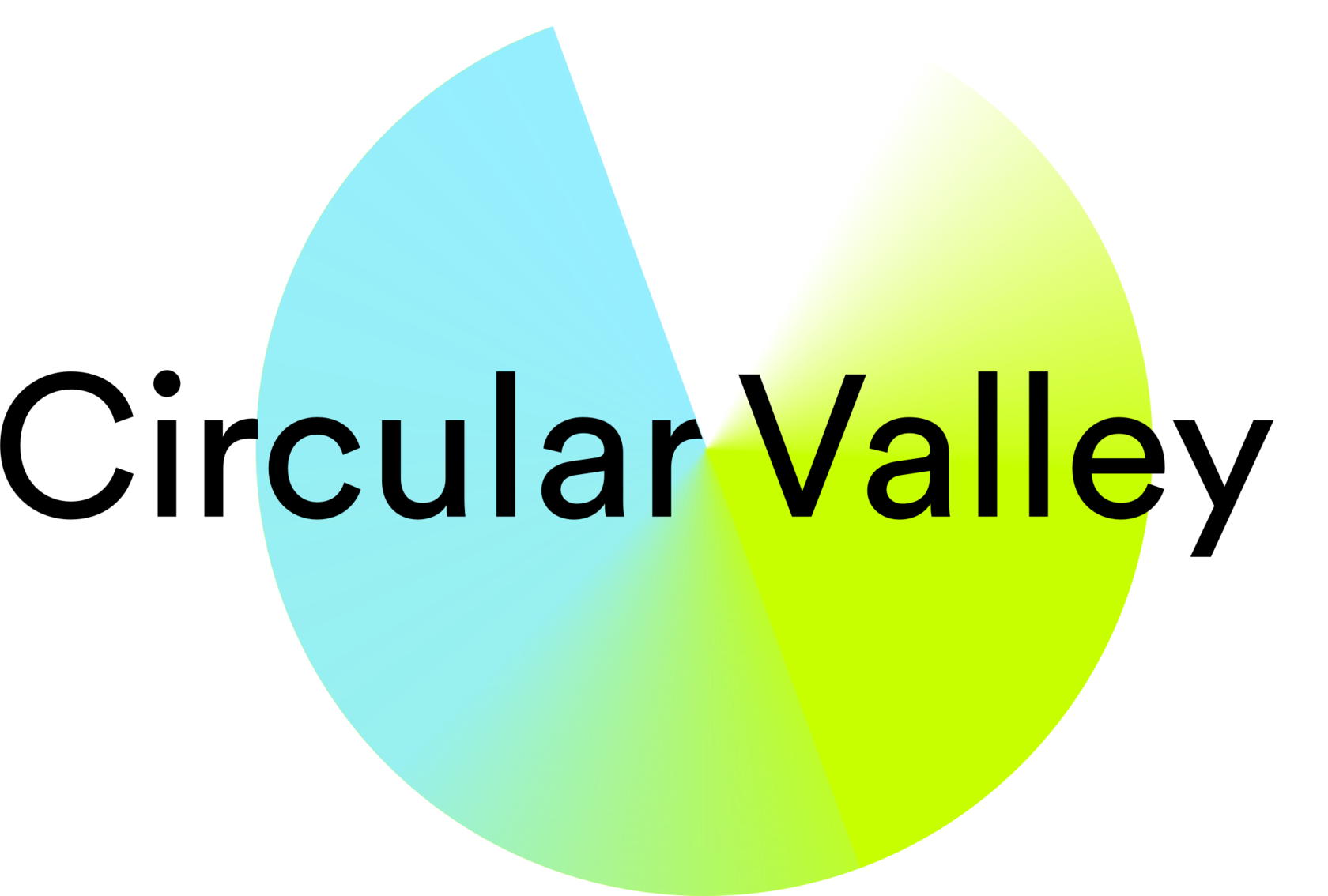How do you recognise ‘real’ vs. misleading sustainability labels?
Sustainability labels are designed to help consumers and companies recognise environmentally friendly and socially responsible products. However, not all labels are created equal: while some have strict, independent standards, others are less transparent or even pure marketing tools. Here you can find out how to distinguish reputable labels from misleading ones.
1. What makes a genuine sustainability label?
A credible sustainability label should fulfil the following characteristics:
✅ Independent certification → The label is awarded by an external organisation, not by the company itself.
✅ Clear criteria & transparency → The requirements are publicly accessible and verifiable.
✅ Regular monitoring → Companies must prove that they comply with the standards.
✅ Holistic approach → The label not only considers a single characteristic (e.g. ‘plastic-free’), but also comprehensively assesses environmental and social factors.
✅ International or national recognition → Reputable labels are often listed in national or global eco-labelling databases.
2. What are the signs of a misleading sustainability label?
You should be careful with labels that have the following characteristics:
❌ Company-own ‘green’ seals → Companies often invent their own symbols (‘Green Choice’, ‘Eco-Friendly’) that have no external testing process.
❌ Unclear or unmeasurable criteria → Labels without a clear definition of what exactly is being certified.
❌ No independent control → Certificates that are only based on self-declarations are not very trustworthy.
❌ Just marketing, no real measures → Terms such as ‘natural’, ‘climate neutral’ or ‘sustainable’ are used without evidence.
❌ No holistic approach → Labels that only consider one aspect but ignore other environmental or social problems.
Conclusion:
Companies that are honestly committed to sustainability should use recognised certificates and provide transparent information about their significance. Consumers and business partners can avoid greenwashing by carrying out thorough checks.
Did you know?
RIVERSPLASTIC BECOMES OCEANSPLASTIC
80% of ocean plastic comes from rivers
CLEAN UP RIVERS NOW!
1€ = 1 KG LESS RIVER PLASTIC IN THE OCEANS
AND SECURE JOBS FOR LOCAL PEOPLE.

PRIVATE PERSONS
Join in and fish river plastic with us! You will receive an individualised certificate as a guarantee that this amount of plastic will no longer end up in the oceans and will be processed in the best possible way. To do this, we create fairly paid jobs locally - a modern and sustainable gift for yourself or others that does not cause pollution, but eliminates it.
FISH WITH US
ORGANISATIONS
Lead on sustainability and support honest and transparent impact - no greenwashing. We regularly send impact reports that can be used to feed ESG and sustainability reports. Use our pictures and videos to talk about our collaboration, stand out, fight plastic pollution with us and create jobs in emerging markets.
LEARN MORETHE PROBLEM
